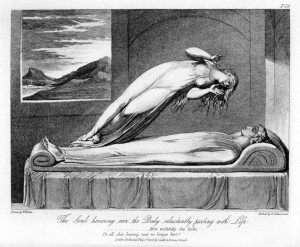On Youtube this morning I stumbled over a voice and face from the past.
I was lucky enough to manage this singer when he was part of a band called Momajest, before he moved from the Banana Republic out to the US.
Eddy has great talent. So I thought I’d share it with you.




